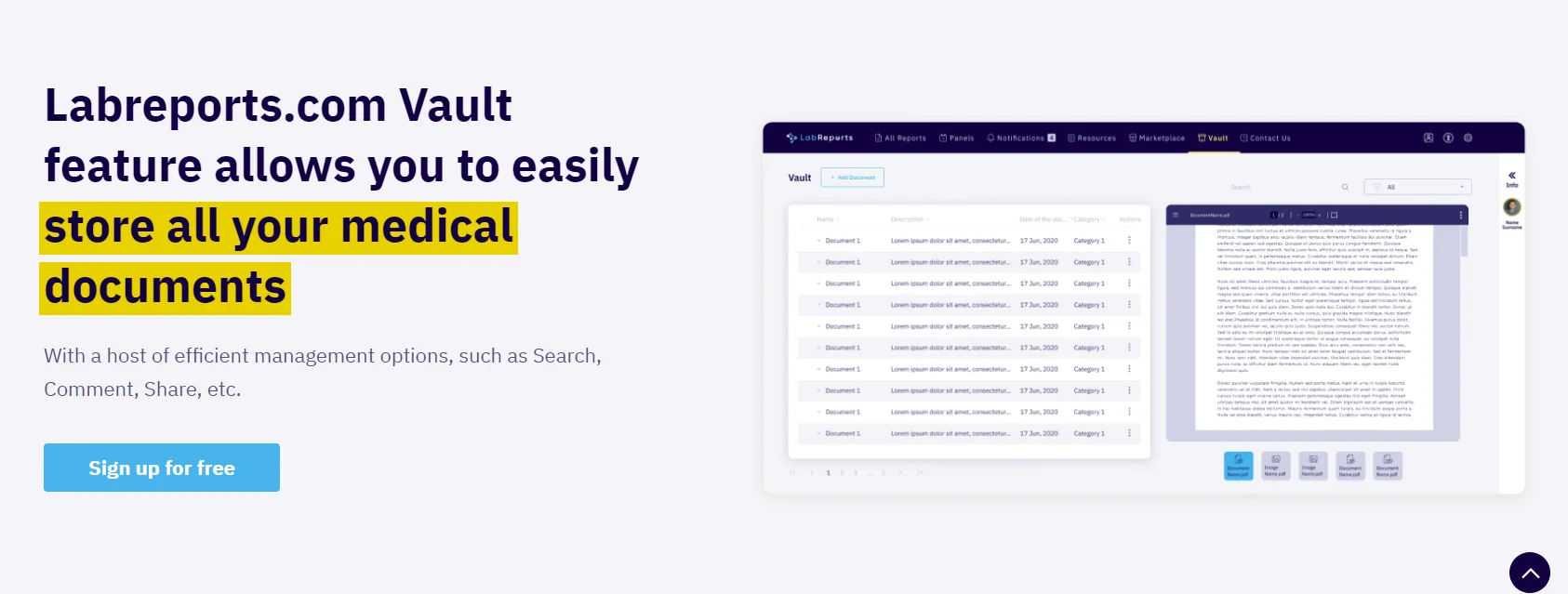Many cloud services offer dashboards and administration consoles to help you keep track of it. Access management includes controlling and monitoring user privileges and permissions within a cloud environment. In the dynamic-nature cloud infrastructures, various stakeholders have varying access requirements. Cloud security consolidates your organization’s cybersecurity measures into a centralized framework.
However, one major flaw of this setup is that it isn’t as scalable as a public cloud. Private clouds usually are fixed size and can’t be upscaled or downscaled at a moment’s notice. Additional hardware and software licenses would be necessary to upscale a private cloud. Organizations heavily rely on cloud computing for a lot of their day-to-day operations.
What are the risks associated with cloud computing security?
In the event of disaster or unforeseen circumstances, do you have an effective backup plan? Cloud computing uses infinite data storage space and systems that can be activated remotely if necessary to ensure business continuity. You should have a written data security program that outlines your company’s method for securing consumers’ data.

Companies depend more on cloud storage and processing, but CIOs and CISOs may have reservations about storing their content with a third party. They’re typically apprehensive that abandoning the perimeter security model might mean giving up their only way of controlling access. Leading-edge solutions like AppTrana provide highly tailored security, designed with surgical accuracy by certified security experts. AppTrana effectively protects against a wide range of existing and emerging threats, including DDoS attacks, bot attacks, and vulnerability exploits. By framing it from this perspective, we can understand that cloud-based security can be a bit different based on the type of cloud space users are working in.
Identity and Access Management (IAM)
A well-designed and business-specific security strategy will help minimize the risks, if not mitigate/ avert all threats. Cuselight is a leading provider of software development services with a diverse range of offerings. One of the best aspects of the cloud is the ability to have all data stored in one centrally-accessible point. This not only helps make it easy for your team to access data without having to bounce from multiple locations but also makes it easy to secure. Cloud-native breaches are just what they sound like—data breaches specifically meant for breaking into the cloud.

Lack of visibility
It’s easy to lose track of how your data is being accessed and by whom, since many cloud services are accessed outside of corporate networks and through third parties. Privacy is a cloud security concern for those looking to store sensitive information on cloud networks. For instance, most users don’t appreciate their data being sold to third-party companies.
As the threat environment is constantly evolving, it is vital to reduce the risk of cloud computing as much as possible and ensure data and systems are protected at rest, in use, and in transit. One principle of security systems to keep in mind is that your security measures shouldn’t be so rigid that users have to find workarounds to do their jobs. Security controls that make a cloud computing solution difficult to use tend to cause users to figure out ways of working around the controls. These workarounds render the system unsecured, falling in line with experts’ observations that users are often the weakest link in any security system. CSPs are acutely aware of the impact a single incident may have on their customers’ finances and brand reputation, and they go to great lengths to secure data and applications.

Since cloud computing is now used by over 90% of larger enterprises, cloud security is a vital part of corporate cyber security. Private cloud services and other more costly infrastructure may be viable for enterprise-level organizations. However, you will still have to ensure your internal IT is on top of maintaining the entire surface area of your networks. Many cloud data breaches come from basic vulnerabilities such as misconfiguration errors. If you don’t feel confident doing this alone, you may want to consider using a separate cloud security solutions provider.
Security controls supplied by CSPs vary by service model, be it SaaS, PaaS or IaaS. This is resource-intensive and lies outside the core competencies for most businesses. Plus, once you’ve built a custom backup solution, you’ll still need someone to regularly perform backups and ensure everything is working as it should.
- Cloud environments are deployment models in which one or more cloud services create a system for the end-users and organizations.
- CSPM solutions are designed to address a common flaw in many cloud environments – misconfigurations.
- The whole setup is managed from an integrated management and orchestration platform.
- As such, thoughtful cloud security planning should start with the CEO inviting cloud security experts to the discussion table.
But with the help of legislation, CSPs now have many more limitations as to how they can share the data they house for clients. Organizations rely on cloud resources to run their operations, and any disruption to those resources can result in lost revenue and productivity. Cloud security measures help ensure resources are available and protected against disruptions such as cyberattacks, natural disasters, or technical cloud computing security benefits failures. This means it’s up to users—whether they’re businesses or individuals using a cloud-based service—to follow best practices to protect their data in the event of a data leakage or theft. Teams can take advantage of cloud security technologies such as data encryption and two-factor authentication for greater privacy than they’d have when relying on their own equipment or servers at home or in the office.
